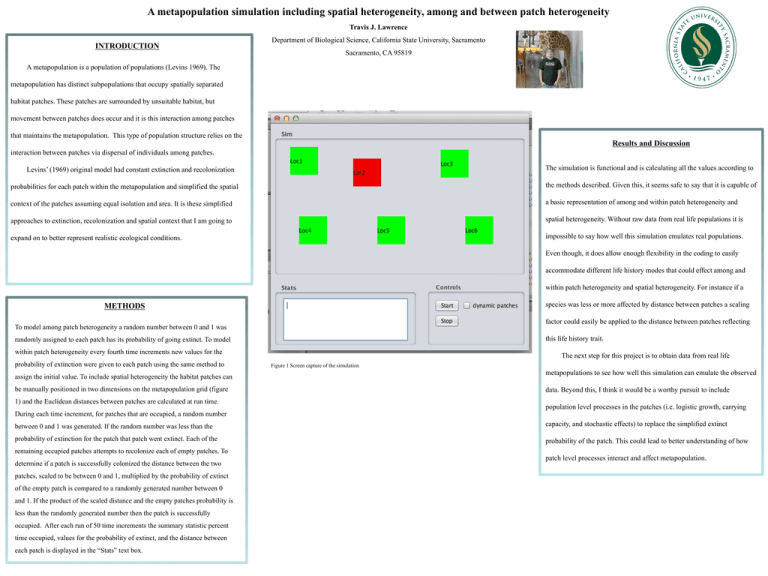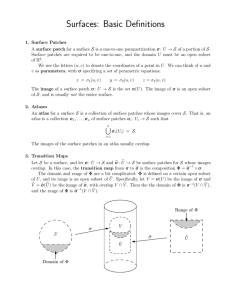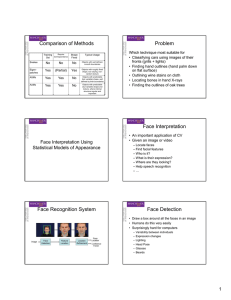Lawrence Travis Bio260
advertisement

A metapopulation simulation including spatial heterogeneity, among and between patch heterogeneity Travis J. Lawrence INTRODUCTION Department of Biological Science, California State University, Sacramento Sacramento, CA 95819 A metapopulation is a population of populations (Levins 1969). The metapopulation has distinct subpopulations that occupy spatially separated habitat patches. These patches are surrounded by unsuitable habitat, but movement between patches does occur and it is this interaction among patches that maintains the metapopulation. This type of population structure relies on the Results and Discussion interaction between patches via dispersal of individuals among patches. The simulation is functional and is calculating all the values according to Levins’ (1969) original model had constant extinction and recolonization probabilities for each patch within the metapopulation and simplified the spatial the methods described. Given this, it seems safe to say that it is capable of context of the patches assuming equal isolation and area. It is these simplified a basic representation of among and within patch heterogeneity and approaches to extinction, recolonization and spatial context that I am going to spatial heterogeneity. Without raw data from real life populations it is expand on to better represent realistic ecological conditions. impossible to say how well this simulation emulates real populations. Even though, it does allow enough flexibility in the coding to easily accommodate different life history modes that could effect among and within patch heterogeneity and spatial heterogeneity. For instance if a species was less or more affected by distance between patches a scaling METHODS factor could easily be applied to the distance between patches reflecting To model among patch heterogeneity a random number between 0 and 1 was this life history trait. randomly assigned to each patch has its probability of going extinct. To model within patch heterogeneity every fourth time increments new values for the probability of extinction were given to each patch using the same method to assign the initial value. To include spatial heterogeneity the habitat patches can be manually positioned in two dimensions on the metapopulation grid (figure 1) and the Euclidean distances between patches are calculated at run time. The next step for this project is to obtain data from real life Figure 1 Screen capture of the simulation metapopulations to see how well this simulation can emulate the observed data. Beyond this, I think it would be a worthy pursuit to include population level processes in the patches (i.e. logistic growth, carrying During each time increment, for patches that are occupied, a random number between 0 and 1 was generated. If the random number was less than the capacity, and stochastic effects) to replace the simplified extinct probability of extinction for the patch that patch went extinct. Each of the probability of the patch. This could lead to better understanding of how remaining occupied patches attempts to recolonize each of empty patches. To determine if a patch is successfully colonized the distance between the two patches, scaled to be between 0 and 1, multiplied by the probability of extinct of the empty patch is compared to a randomly generated number between 0 and 1. If the product of the scaled distance and the empty patches probability is less than the randomly generated number then the patch is successfully occupied. After each run of 50 time increments the summary statistic percent time occupied, values for the probability of extinct, and the distance between each patch is displayed in the “Stats” text box. patch level processes interact and affect metapopulation.

